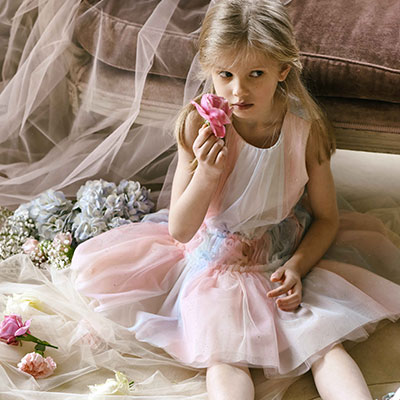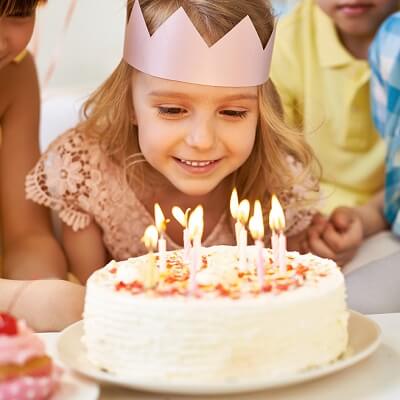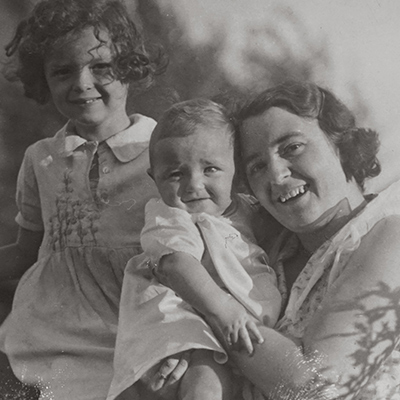The evolution of children's fashion is an interesting story. Although kids' clothing has been worn in some form or another for centuries, we're going to focus on what children wore between 1880 and 1920. Join us as we discuss popular trends and cuts during the 19th and 20th centuries for young boys, girls, and babies in the United Kingdom.
Children's Clothing in the 1880s
Children's clothing in the early part of the 19th century was almost always made at home. Mothers would hand-sew for their children, while seamstresses would make fashionable clothes for wealthy families. Babies wore long gowns with hems way past their feet until they began to crawl. Then, as they became toddlers, both girls and boys were dressed in skirts or dresses. These long gowns were usually white cotton, which made them easy to bleach and wash. White caps, adorned with lace trims, ruffles, or embroidery, were equally common on infants.
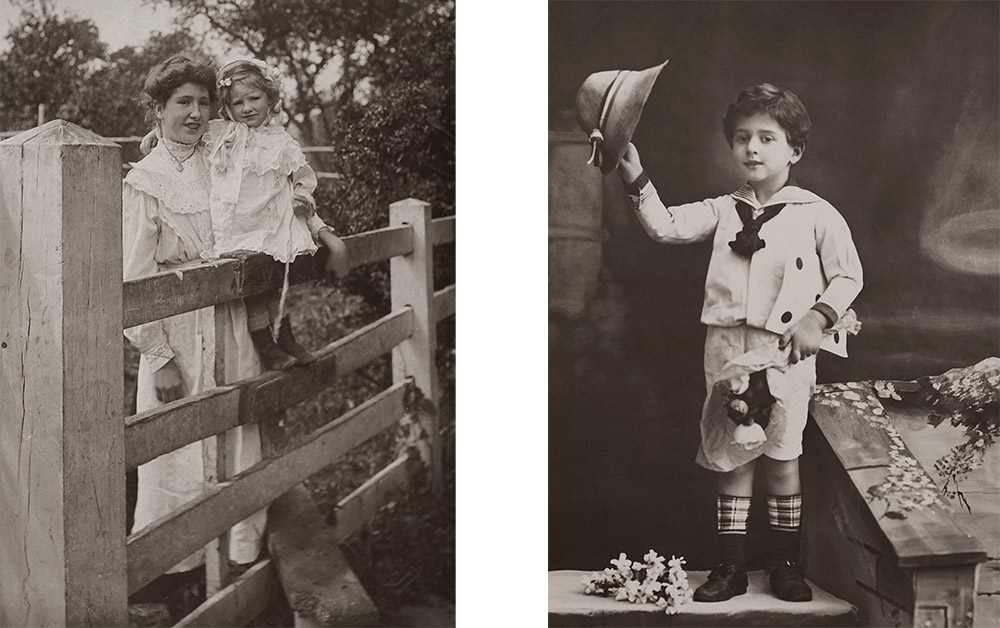
What did children wear in the 1880s? The Industrial Revolution brought innovative technologies to childrenswear. It became easier to make children's clothes at home with the invention of the sewing machine circa 1860. Come 1889, the world had upgraded to the electric sewing machine. By the 1890s, ready-made children's clothing was available at department stores, while mail-order catalogues were introduced for rural areas.
Similar clothing for both genders made it hard to distinguish between girls and boys, especially since both wore their hair long. However, a key difference would be their behaviour – boys were allowed to play rough, while girls would be encouraged to be seen and not heard. Once the boys grew out of their toddler years, they switched from dresses to trousers or short trousers called knickerbockers, which was also called 'breeching'. Interestingly, Francis Hodgson Burnett’s 1885 novel, Little Lord Fauntleroy, created a trend for velvet suits. They featured a cut-away jacket and matching knickerbockers, worn with a fancy blouse and a large lace or ruffled collar. Girls wore ruffled yoke dresses in a loose cut or pinafores.
Working-class and underprivileged children often wore adult hand-me-downs that were resized to fit them. There was also a 'Sunday best' tradition. This referred to the more fashionable lines and tailored, fancy fabrics that children would wear to church on Sundays.
Children's Fashion in the 1900s
Before WWI changed lives forever in 1914, the traditions of dressing all toddlers in similar clothes continued. One of the reasons was practicality. Dresses were much easier to sew than trousers and knickerbockers. Over the century, boys slowly transitioned to trousers at a progressively earlier age, eventually not wearing skirts nor dresses at all.
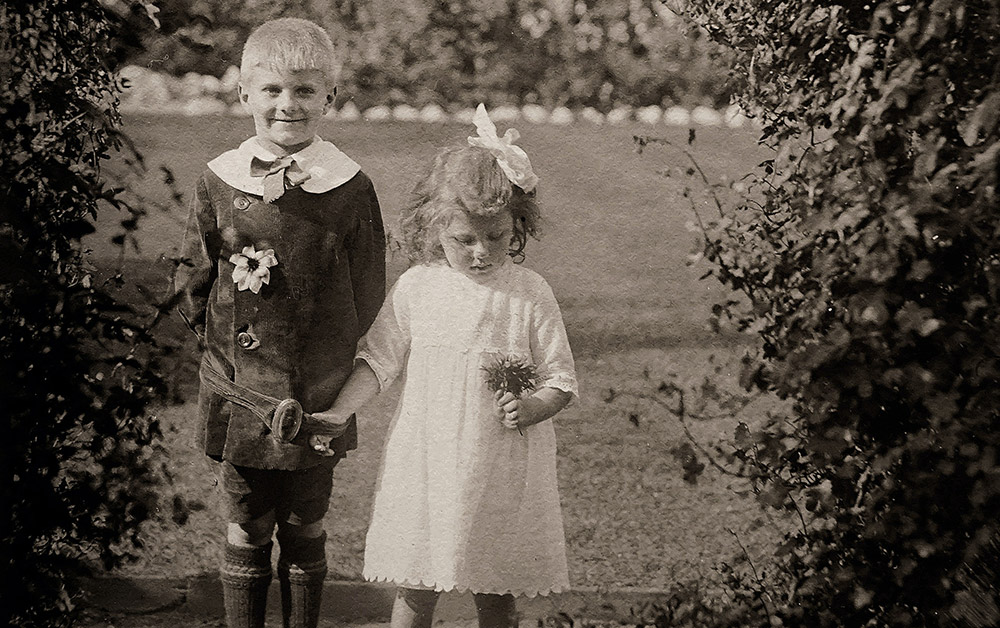
What did children wear in the 1910s? Girls' fashion was similar to that of their mothers: starched dresses and skirts decorated with lace frills and ruffles. Underneath, long socks were worn to cover any exposed skin. Colours were generally pale, ranging from light browns to whites. On the other hand, boys wore tunics and Russian blouses for the freedom of movement they both offered. They also wore knee shorts or knickerbockers with high socks that left some skin exposed below the knee. The clothes were made of flannel, linen, wool, silk, muslin and cotton. Cotton, muslin and linen fabrics were often heavily starched to prevent staining and to protect the fibres from wear and tear.
Children's Fashion in the 1920s
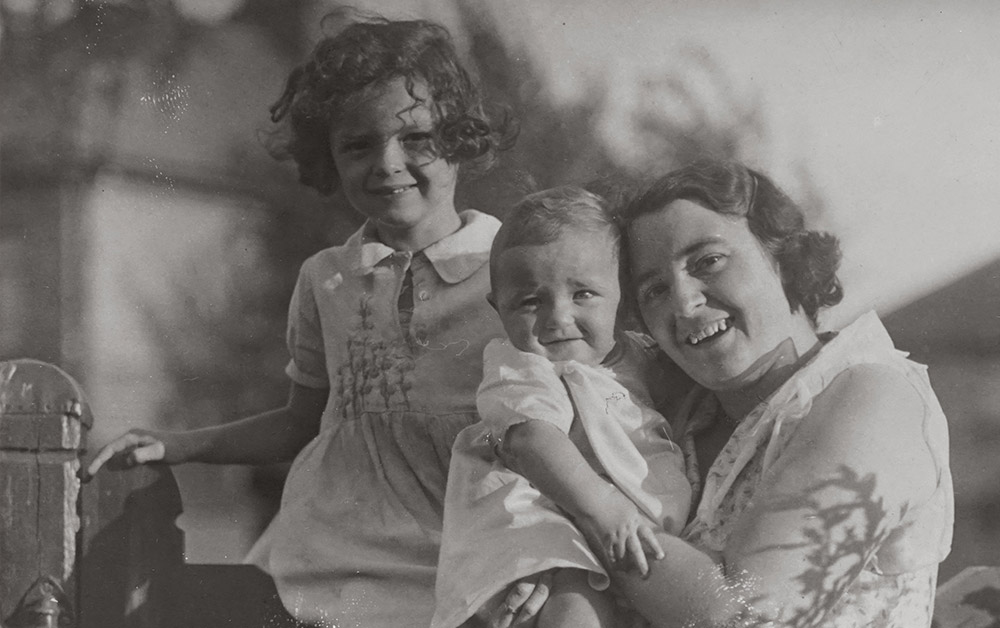
It wasn't until the 1920s that colours began to be associated with genders: pink for girls and blue for boys. This is also when sailor-type or nautical outfits started becoming popular for children. Rompers were a common choice for little boys, often in striped fabric. Sailor collars on navy, tan, or cream-coloured suits were also favoured.
Girls' dresses in the 1920s ranged from sailor-style to the more fun, colourful gingham print. They preferred high waistlines, also known as an empire line or natural waistline. Most dresses had elbow-length or long sleeves, with full, gathered skirts, but sometimes pleated as well. Hemlines came to the knees, and dresses could be worn with knee socks or ankle socks, depending on the weather.
So much for our little peek into the evolution of kids' fashion back in the 19th and 20th centuries! For modern-day fashion fixes to suit your little ones, visit our website to explore our designer baby clothes and children's designer clothes.
